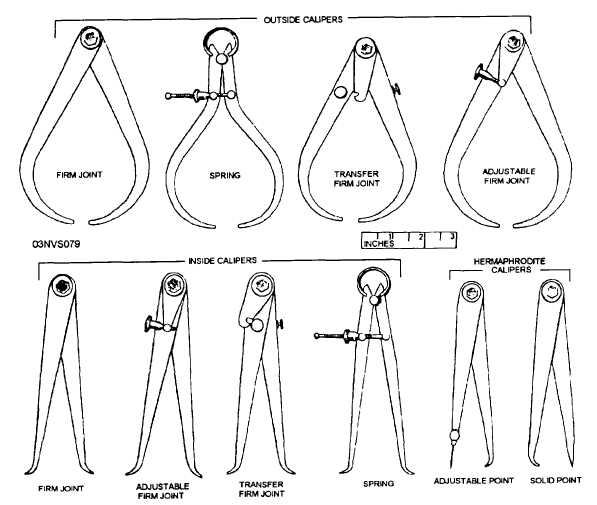Figure 2-9.—Simple calipers—noncalibrated.
rule at the surface from which the measurement is being
taken. When taking a measurement of length, hold the
tape parallel to the lengthwise edge. For measuring
widths, the tape should be at right angles to the
lengthwise edge. Read the dimension of the rule exactly
at the edge of the piece being measured.
It may not always be possible to hook the end of
the tape over the edge of stock being measured. In this
case it may be necessary to butt the end of the tape
against another surface or to hold the rule at a starting
point from which a measurement is to be taken.
Distance Measurements
Steel or fiberglass tapes are generally used for
making long measurements. Secure the hook end of the
tape. Hold the tape reel in the hand and allow it to
unwind while walking in the direction in which the
measurement is to be taken. Stretch the tape with
sufficient tension to overcome sagging. At the same
time make sure the tape is parallel to an edge or the
surface being measured. Read the graduation on the
tape by noting which line on the tape coincides with the
measurement being taken.
CARE
Handle rules and tapes carefully and keep metal
ones lightly oiled to prevent rust. Never allow the edges
of measuring devices to become nicked by striking
them with hard objects. They should preferably be kept
in a wooden box when not in use.
To avoid kinking tapes, pull them straight out from
their cases—do not bend them backward. With the
windup type, always turn the crank clockwise-turning
it backward will kink or break the tape. With the
spring-wind type, guide the tape by hand. If it is
allowed to snap back, it may be kinked, twisted, or
2-4

